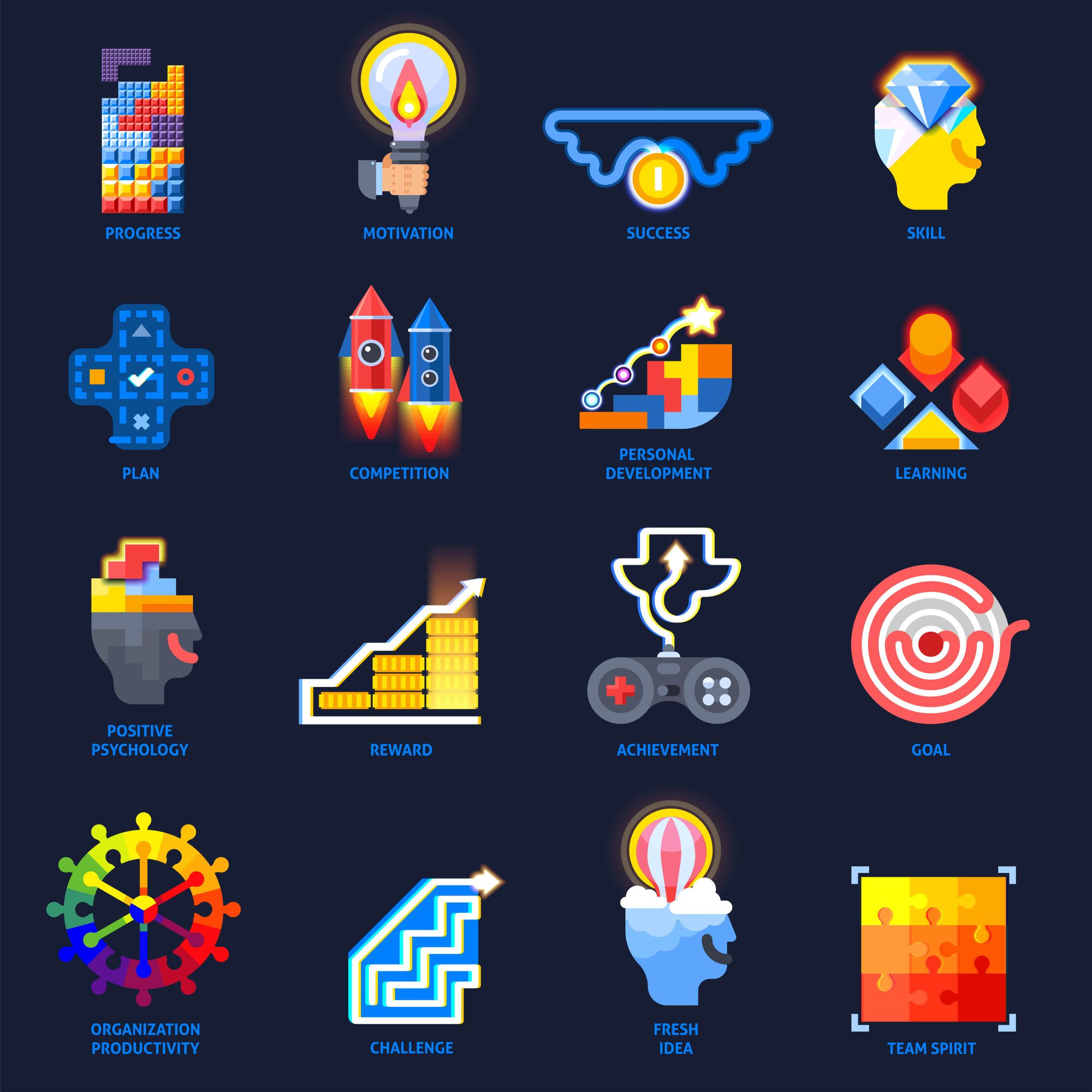Gaming companies use data extensively to track in-app player activity and make games more engaging. Furthermore, there has been a swerve towards mobile gaming, as more gamers are using their smartphones to play a wider variety of games.
Big gaming companies are using data such as app engagements, site traffic, and social media ads in addition to data available from servers and client engagements which are typically used to determine new consumer habits.
In 2018, the video game industry revenue reached a new peak of $43.4 billion, which is 18% more compared to the previous year. This sector also breeds more complex gaming formats such as desktop, mobile, console, VR etc. These numerous formats bring a flood of multi-source user data with them: play time, users’ interactions, quitting points, and gaming style are only some of the metrics there to collect.
With these insights on hand, gaming companies can get the hang of positioning their product better, designing more immersive games, bringing more personalization, and, just as important, generating more profits.
Let’s consider three popular ways how learning & development teams can take inspiration from gaming companies to enhance the effectiveness of their existing training programs with data analytics.
Tracking Major KPIs
In their attempt to accurately measure a game’s overall performance, creators inevitably face the necessity to answer some rather pressing questions. What is the number of daily active users in a game? How many active players are there monthly? Were there any new users last month? If yes, how many?
These questions are aligned with the KPIs of gaming analytics, including DAU (daily active users), MAU (monthly active users), and ARPU (average revenue per user). Calculating them with data analytics and visualizing with BI tools can help answer the questions listed above.
Data analytics is used to understand these KPIs and also allows for the tracking of certain trends, positive and negative alike. For example, if a game attracts new users daily, the probability that some of them will upgrade to a paid account rises exponentially. Knowing this gaming companies might reconsider their pricing policy.

Enhancing Game Design
Data analytics are used by gaming companies to boost game design. Building interactive and complex scenarios for games requires not just creativity but also an understanding of what works well for the audience.
For instance, analytics helps companies detect problematic gameplay moments for users. Consider King Digital Entertainment, the famous game developer once had a problem with its most popular game, Candy Crush Saga. Users were massively abandoning level 65 for unknown reasons. With 725 levels in total, for Candy Crush Saga this spelt trouble. King used data to reveal that most people were abandoning this level because of a particular gaming element that didn’t let users make it past level 65. Their development department then deleted the element after which user retention got moving again.
Boosting Monetization
Data analytics also helps gaming companies see what exactly brings them more money and, consequently, adjust their monetization strategies accordingly.
For instance, Zynga’s dominant business model was free-to-play, but it also offered a premium, ad-free account. The problem was that typically only 2% of players actually paid. Luckily, the company found its way to skyrocket paid subscriptions, all with the help of data analytics.
In Farmville, one of Zynga’s most popular games, users liked interacting with animals that were initially just decorations. Some users even started purchasing animals with real money, so in the following version of the game, Zynga made animals a central feature and even created “rare species” to stimulate users additionally.
While these metrics may seem to be gaming specific at the surface, L&D teams can easily find similar metrics in their training programs that would help improve learner engagement, enhance retention and consequently lead to demonstrated application of learning on the job.
